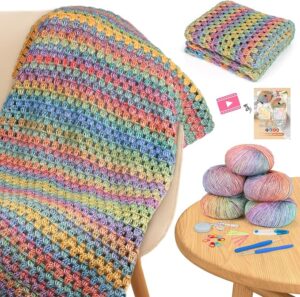We Have the Best Products
Your Pet’s Favourite Place
In consequat, quam id sodales hendrerit, eros mi lacinia risus neque tristique augueproin tempus urna congue. elementum.

Receive 20% OFF your first order of our self-made pet food!
In consequat, quam id sodales hendrerit, eros mi lacinia risus neque.
Categories
Lorem ipsum dolor sit amet, consectetur adipiscing elit, sed do eiusmod tempor, incididunt ut labore et dolore magna.
Food
Beds
Carriers
Toys
All-time favourite
Best sellers
-
SALE 
Crochet Kit for Beginners – 6 Pack Hanging Potted Plants Amigurumi Set with Video Tutorials, Includes 40% Extra Yarn, Hook, & Tools
$33.99Original price was: $33.99.$31.99Current price is: $31.99. -

Katech Beginner Knitting Kit for Adults – Complete Starter Set for Hat, Scarf & Mittens | Includes Step-by-Step Guide + All Tools & Yarn
$39.99 -

Crochet Kit for Beginners – Create Your Own Colorful Cat | Complete Starter Set with 9 Color Yarn, Tools & Video Tutorials | Extra 40% Yarn for Practice
$31.99 -

A Box Full of Sunshine & Care More than a gift, this is a heartfelt experience packaged in sunshine yellow. Curated to spread joy, comfort, and positive energy, it’s the perfect way to show any woman you’re thinking of her—whether she’s celebrating, recovering, or simply deserves a bright moment.
$31.99 -

27-Piece Crochet Basket Starter Kit for Beginners | Complete Knitting & Crochet Set with Yarn, Hook, Tools & Illustrated Guide | DIY Storage Basket Making Kit for Home Deco
$39.99 -

Beginner Sock Knitting Kit for Adults & Teens | Learn to Knit with Step-by-Step Guide | Includes 6 Yarn Balls, Needles & Tools | Perfect DIY Craft Gift for Christmas, Birthday & Family Bonding
$34.99
What pets say about our shop
Clients Testimonials
Vestibulum commodo sapien non elit porttitor, vitae volutpat nibh mollis. Nulla porta risus id neque.
Glen Sparkle, MIAMI
Vestibulum commodo sapien non elit porttitor, vitae volutpat nibh mollis. Nulla porta risus id neque.
Glenda Richards, CALIFORNIA
Vestibulum commodo sapien non elit porttitor, vitae volutpat nibh mollis. Nulla porta risus id neque.
Sue Sparkle, NY
What to read
Popular articles about pets
Newsletter Updates
Enter your email address below to subscribe to our newsletter.
Your privacy is our policy.

All-time favourite
New Products Arrival
-

27-Piece Crochet Basket Starter Kit for Beginners | Complete Knitting & Crochet Set with Yarn, Hook, Tools & Illustrated Guide | DIY Storage Basket Making Kit for Home Deco
$39.99 -

A Box Full of Sunshine & Care More than a gift, this is a heartfelt experience packaged in sunshine yellow. Curated to spread joy, comfort, and positive energy, it’s the perfect way to show any woman you’re thinking of her—whether she’s celebrating, recovering, or simply deserves a bright moment.
$31.99 -

Beginner Crochet Blanket Kit – Make Your Own Soft Rainbow Gradient Throw | Includes Detailed Video Tutorials, Premium Yarn & All Tools | DIY Cozy Gift & Home Craft Set
$49.99






